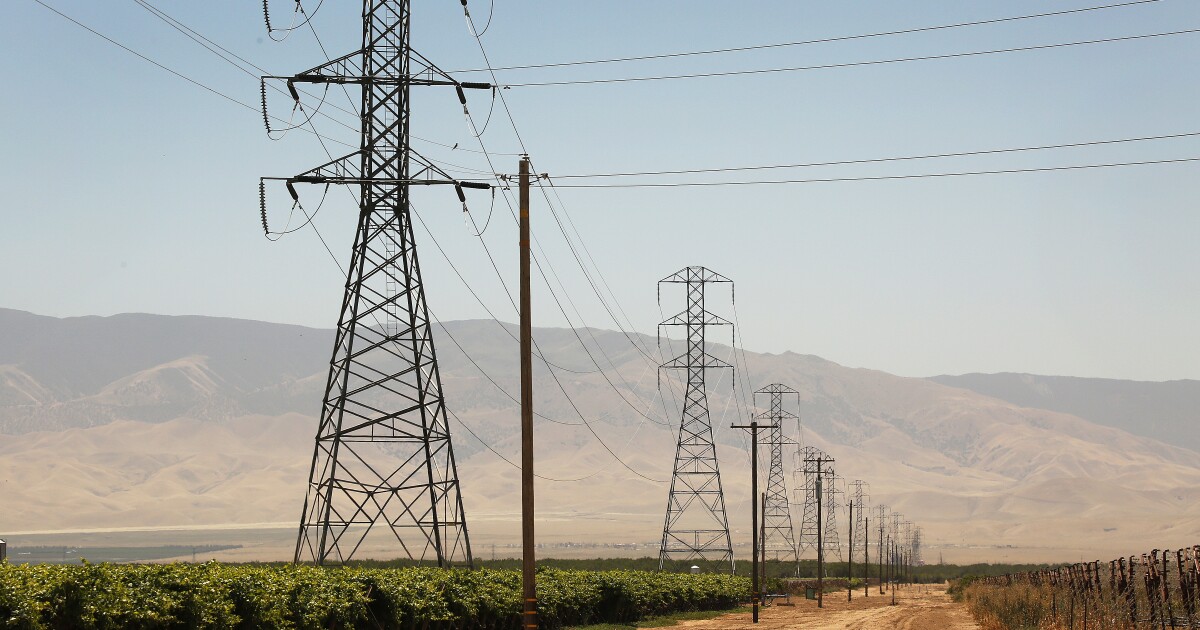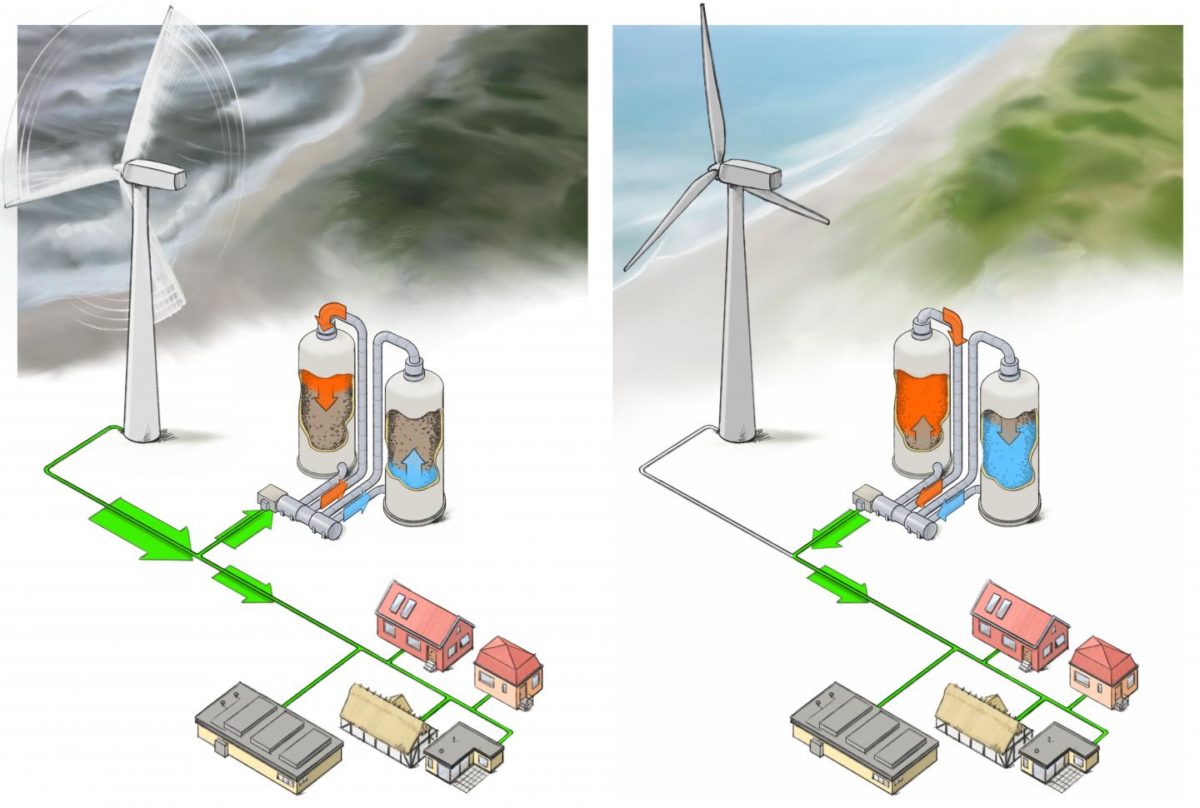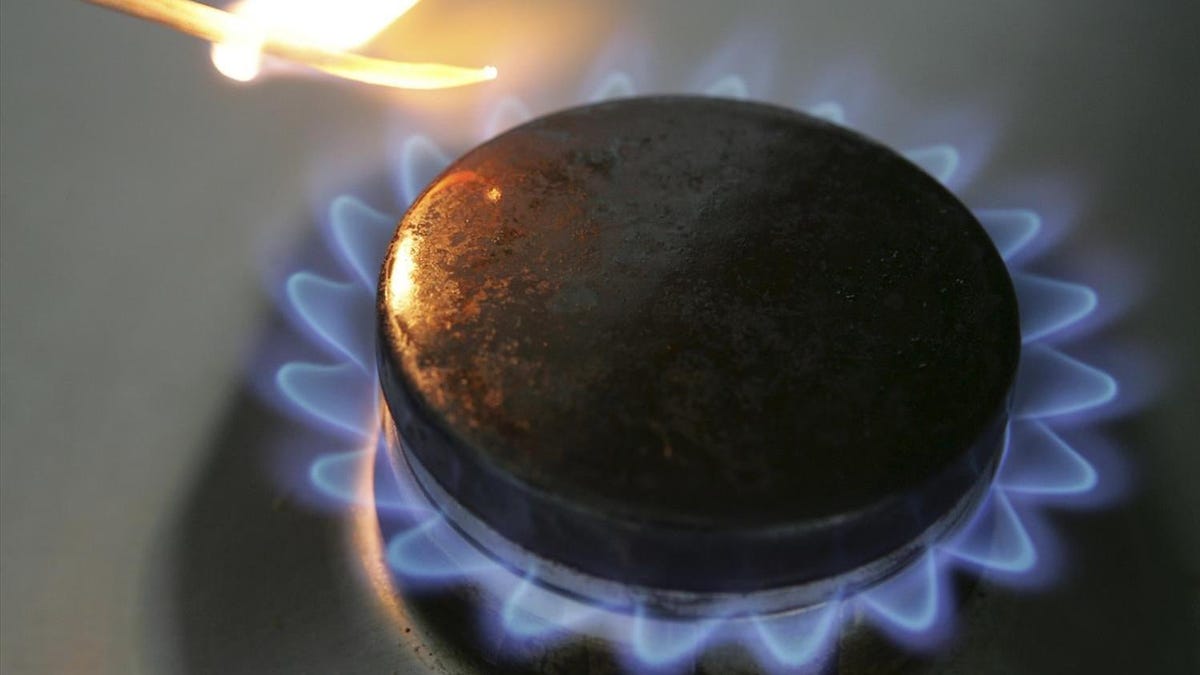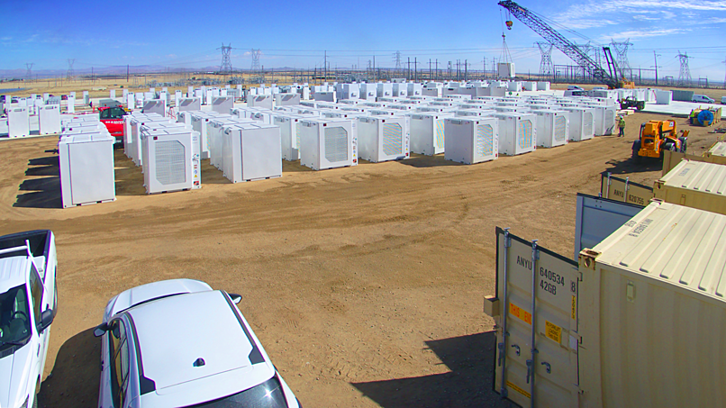
California just hit 95% renewable energy. Will other states come along for the ride?
Sharing solar and wind power across the American West could help fight climate change.www.latimes.com
Something remarkable happened over the weekend: California hit nearly 95% renewable energy. I’ll say it again: 95% renewables. For all the time we spend talking about how to reach 100% clean power, it sometimes seems like a faraway proposition, whether the timeframe is California’s 2045 target or President Biden’s more aggressive 2035 goal. But on Saturday just before 2:30 p.m., one of the world’s largest economies came within a stone’s throw of getting thereSomething remarkable happened over the weekend: California hit nearly 95% renewable energy. I’ll say it again: 95% renewables. For all the time we spend talking about how to reach 100% clean power, it sometimes seems like a faraway proposition, whether the timeframe is California’s 2045 target or President Biden’s more aggressive 2035 goal. But on Saturday just before 2:30 p.m., one of the world’s largest economies came within a stone’s throw of getting there
I’ve avoided writing too much about the Western EIM (acronym alert!) because it gets very wonky, very fast. But it’s absolutely worth knowing about. It’s a unique program that makes it easier for utility companies across the American West to share extra electricity, with a goal of saving money for ratepayers (i.e. you and me) and reducing planet-warming emissions. How does it work? As I explained in a 2017 deep dive for the Desert Sun, the program allows out-of-state utilities to participate in California’s real-time electricity market, where they can buy power to fill in last-minute gaps between supply and demand.I’ve avoided writing too much about the Western EIM (acronym alert!) because it gets very wonky, very fast. But it’s absolutely worth knowing about. It’s a unique program that makes it easier for utility companies across the American West to share extra electricity, with a goal of saving money for ratepayers (i.e. you and me) and reducing planet-warming emissions. How does it work? As I explained in a 2017 deep dive for the Desert Sun, the program allows out-of-state utilities to participate in California’s real-time electricity market, where they can buy power to fill in last-minute gaps between supply and demand.
The program is growing so fast in part because of the measurable economic benefits. Through the end of 2020, participants collectively saved nearly $1.2 billion. Mainzer told me another $101 million in savings accrued in the first quarter of this year.
I think UK had hit 100% this past year. It's amazing how much progress has been made. Neither the industry nor the folks at EIA saw it coming. The fossil fuel industry is taking notice, though, very obvious attempt to stifle renewables growth in TX.









